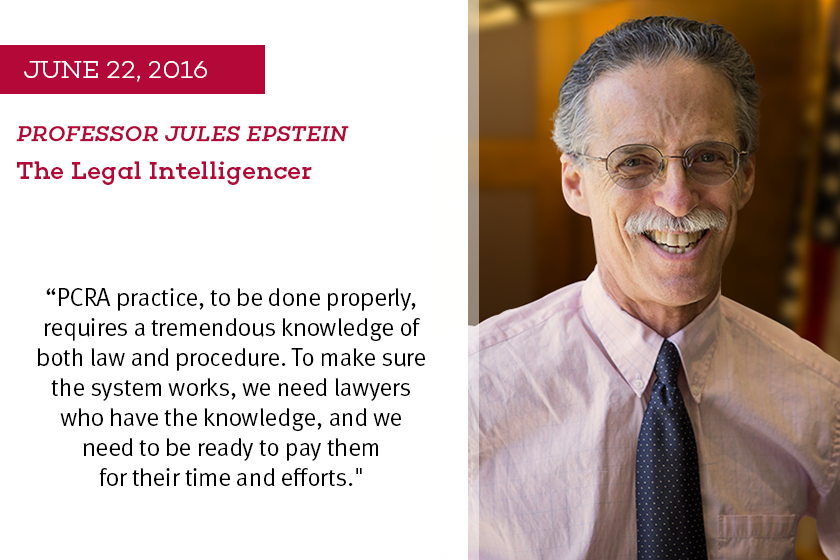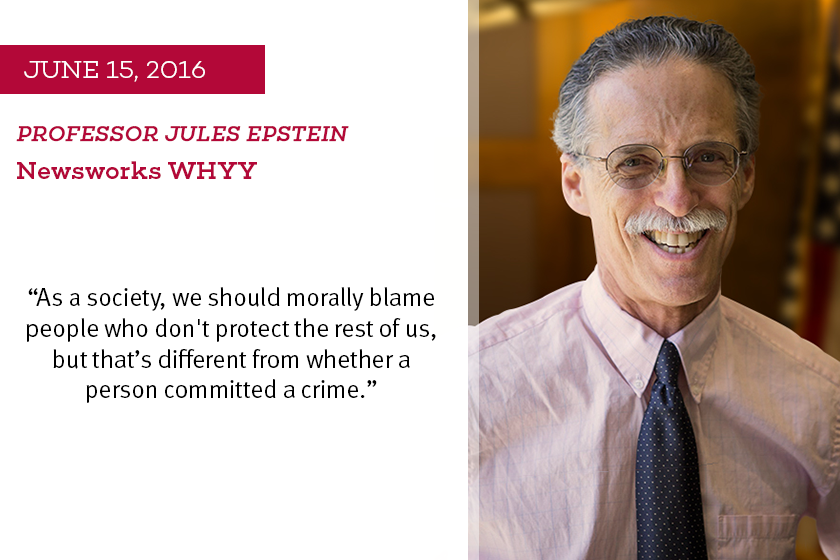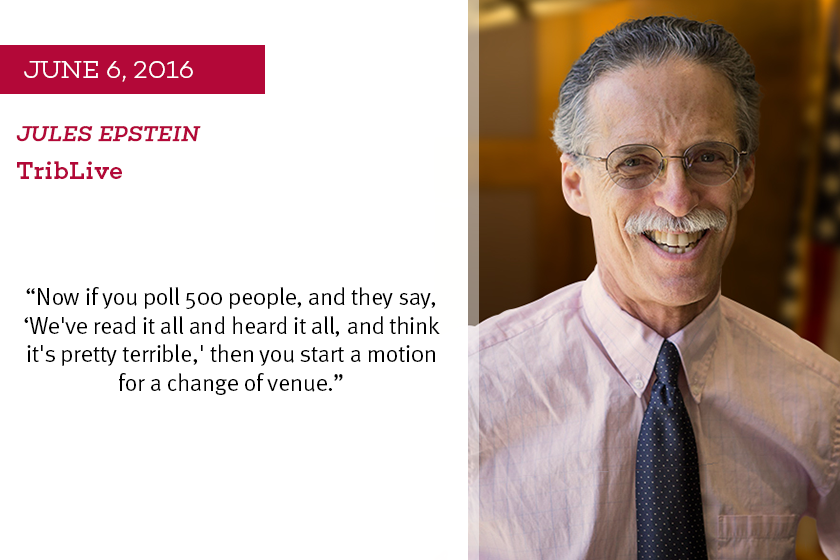Do Lawyers Need Checklists to Reduce Error?
Can checklists reduce lawyer error? As they do for doctors or airline pilots or building engineers? Although the focus on this technique has largely been outside of the realm of the legal system, there is enough known to say that its application to lawyers is both necessary and likely to be beneficial. That lawyers do make errors, and errors of grave consequence, cannot be doubted. While it has been written that “[n]o empirical research exists regarding error rates by lawyers, but it is reasonable to assume they make errors as often as doctors[,]’ McClurg, FIGHT CLUB: DOCTORS VS. LAWYERS – A PEACE PLAN GROUNDED IN SELF-INTEREST, 83 Temp. L. Rev. 309, 349 (2011), there are some estimates if not hard data. The late Justice Scalia, when defending death penalty jurisprudence and practice, famously (or perhaps infamously) quoted a New York Times article that “the error rate [in criminal cases is] .027 percent–or, to put it another way, a success rate of 99.973 percent.” Kansas v. Marsh, 548 U.S. 163, 198 (U.S. 2006). Of course, this …











